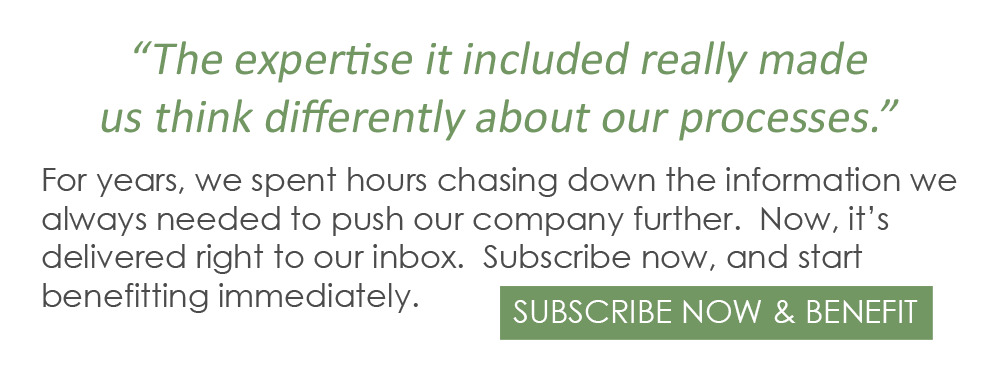
Finance
Unlock Creative Financing For Commercial Real Estate Development
Discover creative sources of financing for real estate development. Explore innovative funding strategies and alternatives to traditional financing that can help you succeed in your next project.
Imagine being on the brink of closing an incredible deal, but you’re struggling to secure financing. Especially in an unpredictable market, the most successful developers don’t allow themselves to be limited by traditional lenders. Funding can be found in the most surprising and unconventional places — it all comes down to discovering creative financing sources.


What is Creative Financing in Real Estate?
Instead of relying solely on conventional loans or venture capital, using creative financing means tapping into alternative sources that are more flexible and forgiving. Non-traditional options can be a better option (and sometimes the only option) when there are market fluctuations, tight lending conditions, or project constraints that make obtaining conventional financing more difficult.
When to Use Creative Financing
Creative financing can be an invaluable tool, especially if you:
- Want to purchase high-value or unique properties that may not appraise well through conventional means
- Need to close a deal quickly due to a time-sensitive opportunity or competition from other buyers
- Have the opportunity to purchase from a highly motivated seller
- Plan to invest in a property that needs significant renovations
- Seek to minimize your upfront costs so you can better manage cash flow
Types of Creative Financing Sources
Lease Options
Lease options are negotiated directly with a property owner. Essentially, the investor becomes a lessee for some amount of time while also securing the option to purchase the property at a later date.
The upside of a lease option is that an investor doesn’t need to get the approval of a third-party like a mortgage lender (at least not right away). In the meantime, they can begin building equity in the property, like by addressing concerns that will make it easier to secure a conventional loan down the road.
Subject-To
A subject-to deal means the seller keeps their original mortgage, but the investor begins making payments on their behalf. In turn, the investor is put on the title, effectively giving them ownership without having to refinance the property.
Since the original seller’s name remains on the mortgage, they are still liable if the buyer defaults — that means securing a subject-to deal generally requires a highly motivated seller who is willing to take the risk and a trustworthy investor who can prove they will follow through on their promise.
Seller Financing
When sellers are motivated to close quickly, they may offer to finance a property for their buyer. By bypassing a third-party lender, this option eliminates the need for credit checks and lengthy approval times.
Terms tend to be more flexible, as the seller and buyer can agree on their down payment, closing costs, and loan terms. However, interest rates are often higher and sellers might only offer short-term financing, but it can still buy an investor time as they secure another source of funds.


Private Money Lending
Private money lending involves borrowing from private individuals or small investor groups. The key advantage is speed, as private investors can often approve and fund a deal much faster than banks. They also tend to offer more flexible terms, but they are usually paired with a higher interest rate.
The trick to obtaining a private money loan is good networking. While you do not necessarily need to know a private money lender personally, that is how many investors unlock this line of financing. There are also specialized real estate platforms where small investor groups and angel investors can be found, although the turnaround — at least for your first deal — could be substantially longer.
Hard Money Loans
Hard money loans are similar to private money loans but typically come from companies or professional investors rather than individuals. The big trade-off is the cost — like most creative financing sources, hard money loans have higher interest rates. But, they also have shorter repayment periods, often requiring balloon payments at the end.
Before taking a hard money loan, an investor should be certain that they have a quick way out, which is that these loans are most popular for fix-and-flip deals and hot markets where being able to sell the property quickly is a fairly safe bet.
Wraparound Mortgages
While a subject-to agreement allows an investor to take over a seller’s original mortgage, a wraparound mortgage keeps the original one and creates a new one to finance the buyer’s purchase. The investor must make payments to the seller, who uses part of the funds to continue paying off their original mortgage.
As with a subject-to agreement, the risk lies in the fact that the seller still holds a mortgage and, therefore, may default if the buyer stops making payments. Still, a highly motivated seller might accept the agreement, especially if the buyer agrees to rigorous repayment terms.
Joint Ventures
In a joint venture (JV), two or more parties combine their resources to purchase a property, sharing the risks and splitting the profits. For a JV to work, each partner needs to bring equal value to the table — like one who provides capital and the other expertise or labor.
The difficult thing in a joint venture is that decisions can become complicated with differing goals and expectations. Both parties should work on a legal agreement in advance of the purchase to protect their shared interests.


How to Creatively Finance an Investment Property
Learning to use creative financing sources can open doors to opportunities that just don’t fit with conventional methods. But, alternative funding sources come with their own set of challenges. Here’s some advice for getting started.
1. Look for The Right Deals
Motivated sellers, distressed properties, and unique listings tend to stand out to investors, but understanding all the different types of creative financing can help you develop a desirable offer for just about any property.
For instance, an otherwise unremarkable single family home might be hiding an existing mortgage with a very favorable interest rate. With options like seller financing or a wraparound mortgage, you could leverage that — potentially saving yourself thousands of dollars on interest.
2. Prove Your Qualifications
Creative financing may not have the same stringent qualification requirements of conventional loans, but you should still prepare a portfolio that includes your credit history, financial statements, and your experience in real estate.
Being able to show proof of funds, even if you’re not using conventional financing, can instill confidence in sellers — especially if you’re pursuing something like a subject-to deal. Meanwhile, if you’re trying to form a partnership or work with a private money lender, having your investment strategy fully laid out will be vital to establishing your credibility.
3. Have Backup Plans in Place
Contingency plans can help you offset the greater risk and uncertainty that can accompany creative financing deals. While having to liquidate assets isn’t something most investors want to plan on, it is wise to be aware of what your options are short of defaulting on a deal.
Especially with a short-term funding source, be proactive about planning for what comes next — whether that’s selling the property, obtaining another loan, or securing a tenant. And if your first choice doesn’t work out in time, what is plan B, C, or D?
Getting Started
Tapping into creative financing sources is exhilarating, and it can prove to be a very strategic business move. But, as fast as these funding sources can be, they aren’t instant. Start building relationships with private lenders, advisors, and potential partners now, before you need to close a deal, so that you’re well-connected and well-prepared when the next opportunity comes your way. Also, as an investor, never stop honing your negotiation skills and keeping your financial records tidy — you never know when they’ll come in handy.






